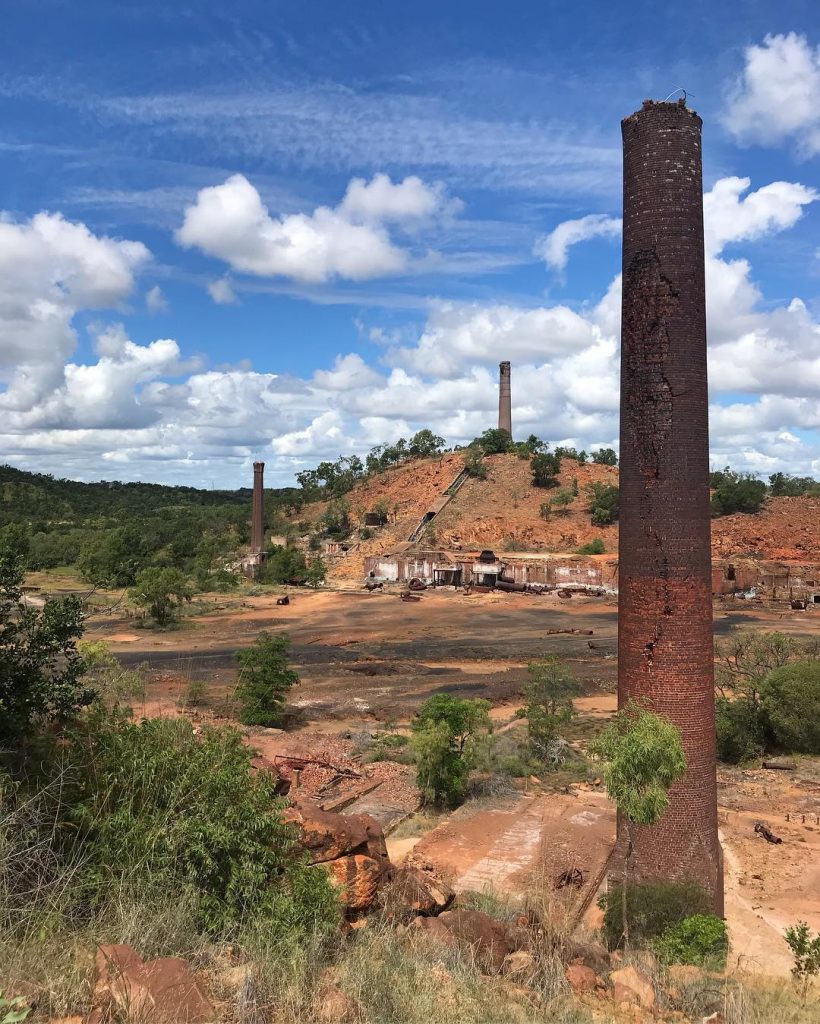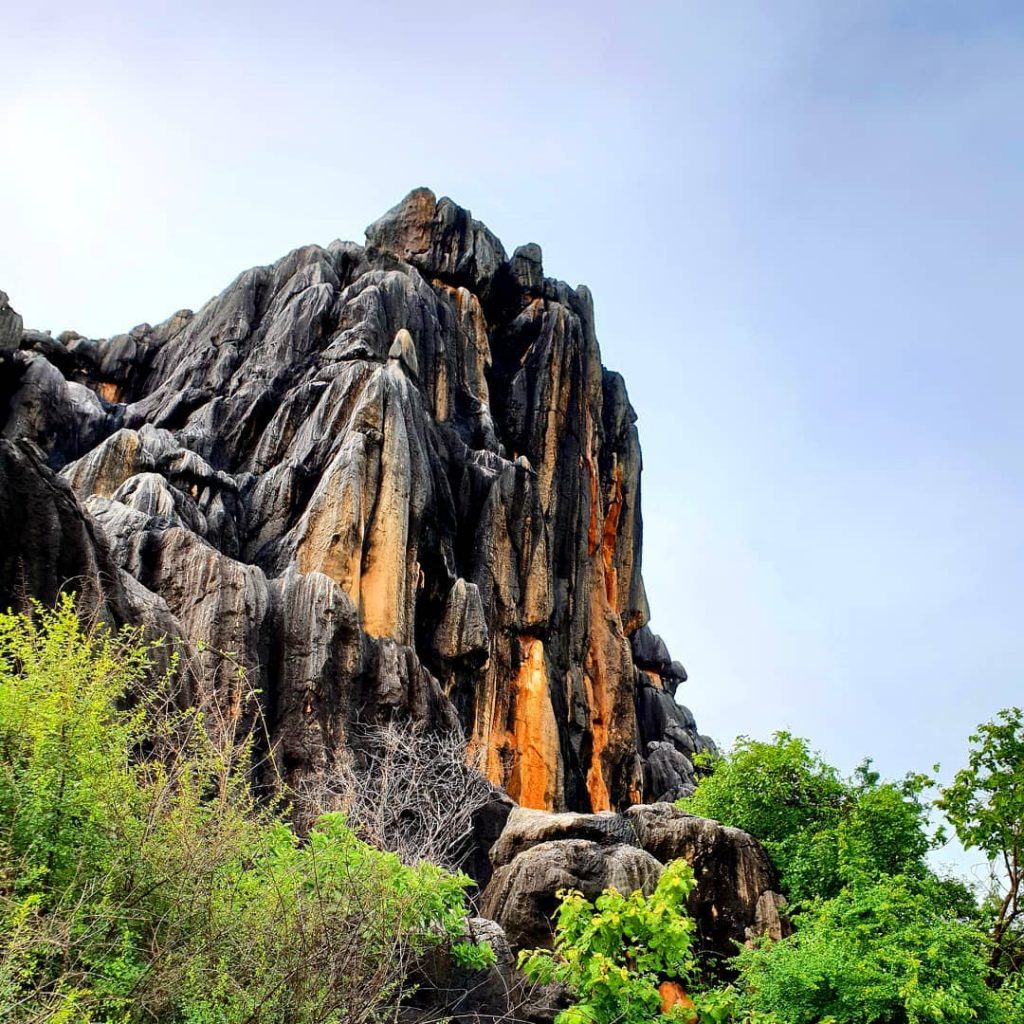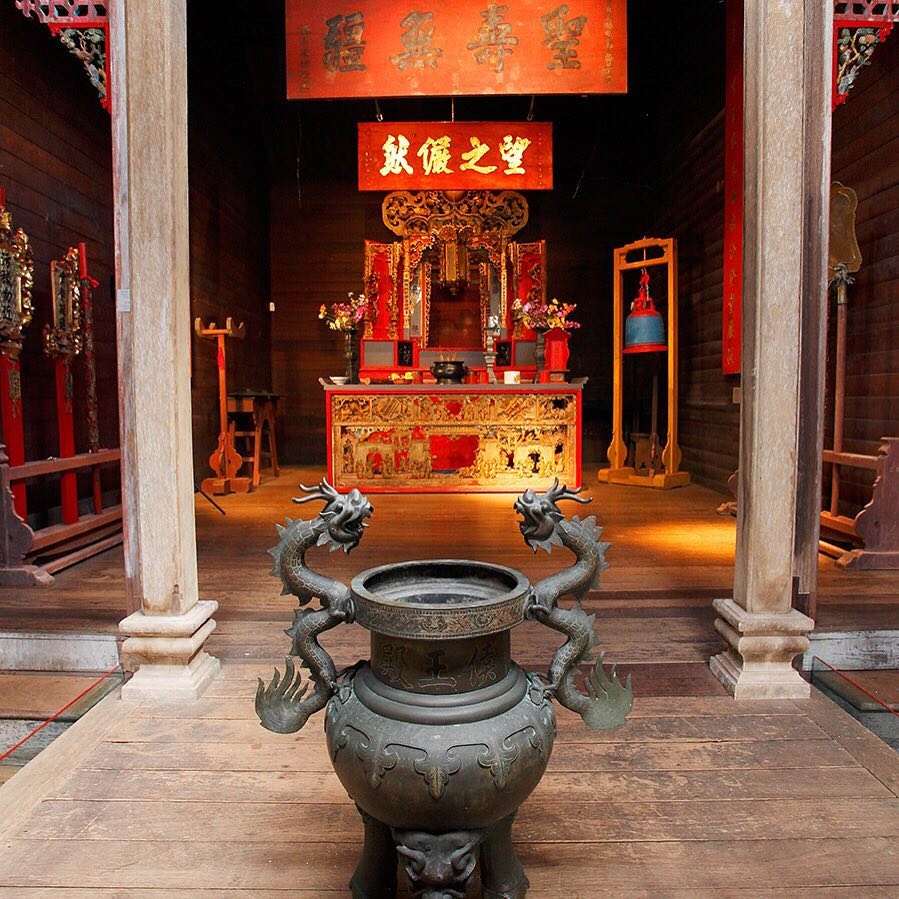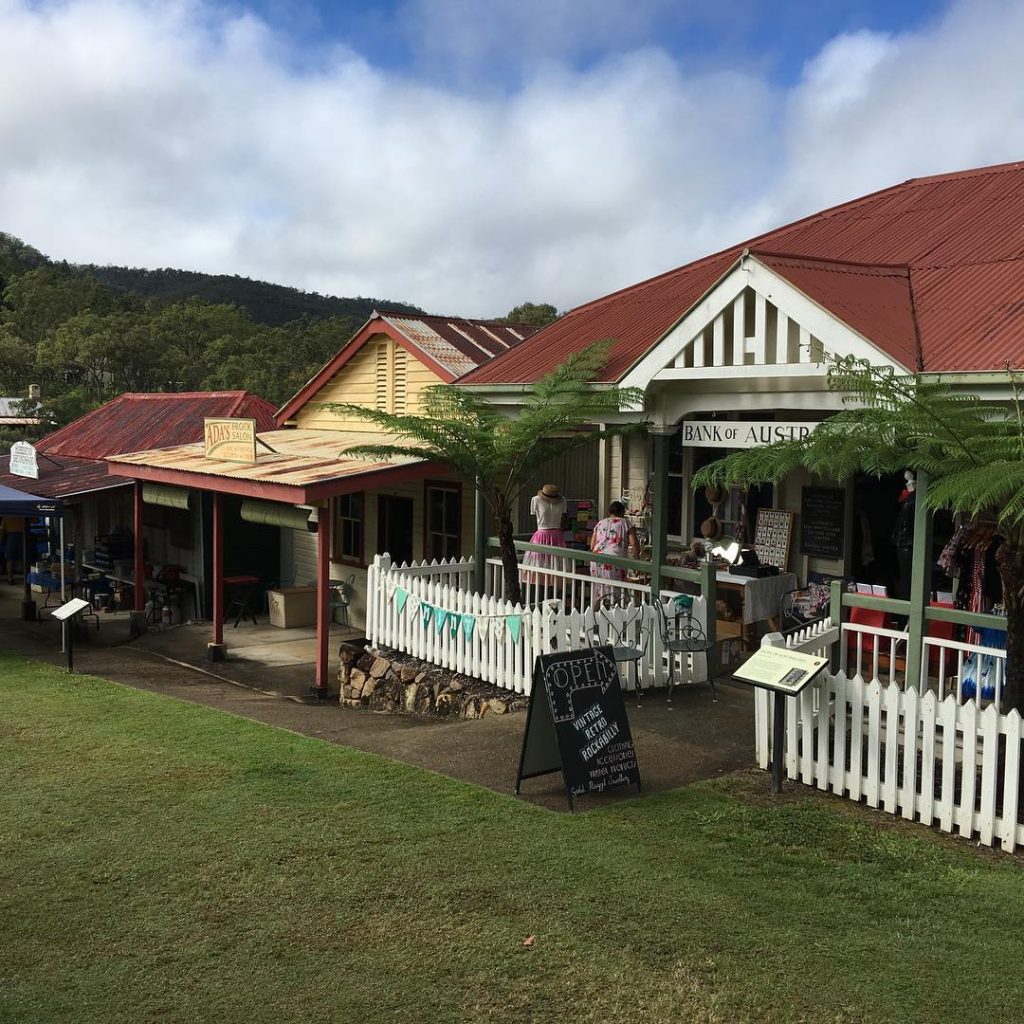The Atherton Tablelands is a goldmine for history buffs, or those who like to be spellbound by a great yarn. Here are some ways to be charmed or amazed by the past:
Chillagoe Smelters
Take a drive out to the Atherton Tablelands to find the remains of an industry that burnt brightly as part of Australia’s mining story.
The Chillagoe Smelters extracted copper, silver, lead and gold from the earth for about 45 years from the turn of the 20th century using the latest technology and a grateful workforce. The smelters (smelting means to extract using heat) were close to rich pickings of ore to be melted down and this huge plant had its own railway line and included six furnaces, five boilers, 10 steam engines, nine pumps, two rock breakers, one brick machine, four blowers, three drilling machines, two grinders and one roller at its peak.

However, a combination of the tyranny of distance, floods, gear break downs, fire, corruption and political scandal all contributed to the smelters demise. Today three chimneys mark the smelter ruins and you can have a good fossick round this heritage listed site at the rusting pits, tanks and furnaces and imagine what a sight it once must have been.
Wheelbarrow Way
Back in the day itinerant gold field workers found wheelbarrows the best way of carrying all their gear between jobs. The route between Mareeba and Chillagoe has since been named the Wheelbarrow Way to remember the miners and more than 150 years of mining in the area. The road takes you from verdant countryside to red dirt canvases and through several small towns including Dimbulah and Petford.

A statue in Chillagoe commemorates the wheelbarrow trek at the end of the road – metaphorically speaking. If your trip coincides with the third weekend in May you are in for a treat – the Great Wheelbarrow Race along the same route is held annually. The wheelbarrow may be empty but for 140km teams push along from Mareeba to Chillagoe in this tough but good natured challenge.
Yungaburra
You can’t go past this delightful village in the middle of the Atherton Tablelands.
A charming main street – circa 1910 – has lots of shops and cafes as well as a famous pub and (practically) resident platypus. Contrary to its name this borough is old, and most of the buildings you see in the centre are heritage listed. Stop, relax and take in Yungaburra’s old-world appeal.
World War II Trail
When Australia needed wide open spaces, steamy conditions and challenging terrain to train its WWII fighting forces it sent them to the Atherton Tablelands.
From 1942 more than 100, 000 troops were based at 160 sites around the area to get a taste of jungle soldiering.
A good place to start is Yungaburra’s Avenue of Honour besides Lake Tinaroo. Built to honour those that served in Afghanistan, it also includes a special space for dogs that had roles in the military including explosive detection and special ops with hearing and a sense of smell far superior to us.
The Avenue of Honour has many moods – on an early winter morning it may be eerily misty, on Remembrance Day the flame trees are in full bloom and at night lighting transforms it into an outdoor chapel.
Travel on to Tolga and you find the remnants of The Rocky Creek WWII Hospital Complex, which from 1942 to 1945 treated more than 30,000 patients, most from the Papua New Guinea theatre of war. Malaria was common along with other sickness and injuries.
The Rocky Creek War Memorial Park is nearby. Between stands of woodland, plaques have been embedded in rocks to honour the various units that trained in the area. There is an adjacent camping site for self-contained vehicles. A permit is required, so make sure you contact Tablelands Regional Council before staying.
A jaunt north will take you to Mareeba and its airfield, which was used by both the US Air Force and the RAAF during WWII for both bombing and fighter squadrons. For a time it was renamed Hoevet Airfield after American Major Pinky Hoevet who died in 1942. There’s a memorial at the airfield.
Out west at Millstream Falls National Park there is still plenty of evidence of the more than 1000 men form 7th and 9th Divisions who trained in the area, sleeping in tents. The park has walking tracks to find as much history as possible with concrete slabs and trenches, corduroy roads and parade grounds still visible. You can also throw in a swim while you are there or just admire one of the most spectacular waterfalls in the region.
And if you want a real life experience of WWII, try a trip in an army duck. These amphibious vehicles were stars for the American army and a fleet have been put into service at Kuranda’s Rainforestation Nature Park.
Chinese Museum

The Hou Wang Temple, just outside Atherton, is the last timber and iron temple in Australia. It wa built in 1903 by the Chinese community drawn to the area by the gold rush and mining boom and who stayed to farm the fertile land. The temple is dedicated to a general who protected the Chinese Emperor Song in the 13th century. The temple has many riches inside and is meticulously kept by the National Trust of Queensland. It is the last remaining structure of the pioneering Chinese community and the early settlement of Atherton.
Historic Village Herberton

You have hit the history jackpot with the Historic Village Herberton. Plan on spending several hours here – or the whole day. This is a whole town circa 1880. Wander around its meandering streets, pop in to shops and see the workings of various skills and crafts. There are more than 50 old buildings, each an integral part of this replica town from the pub and printer to the chemist and bank. Each is chokka bloc with antiquities and artefacts from the age to make this town a step back in time. When you have finished imagining life as a pioneer, rest a while at the Bakerville Tearooms with its delicious home cooking.
Atherton Herberton Historic Railway
Every Sunday you can hop on board the Tinlander Train and take a rail journey like no other. Board the train at Herberton Railway Station and enjoy the beautiful landscape of the Atherton Tablelands passing out the carriage window.

